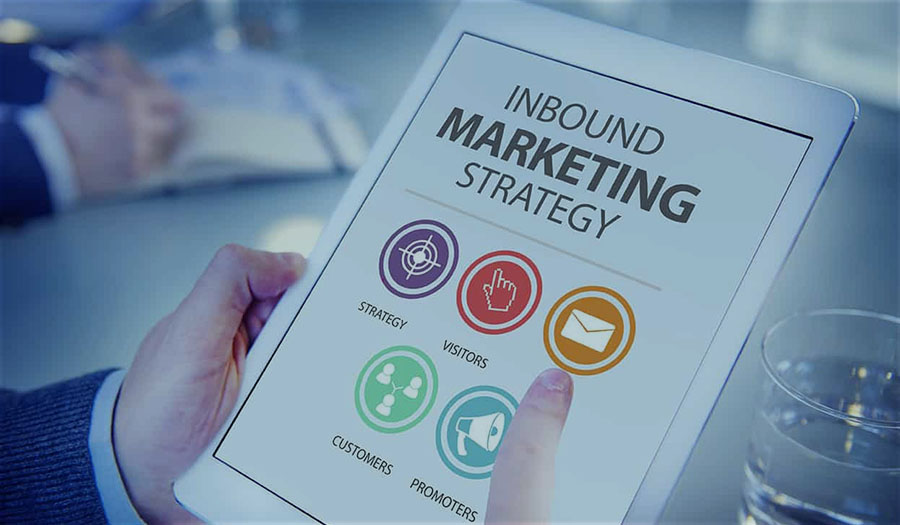The truth behind Buyer Personas
If you have read "The Little Prince" by Antoine de Saint-Exupéry, you will be able to answer the question: Why did the Little Prince leave his...
4 min read
Por Esteban Cordero | Mar 25, 2020
The success of any eCommerce depends on a well-developed strategy that combines business processes, good design, usability, order structure and a methodology to make it work. All of these invoices must work holistically, along with flawless development and solid SEO, preparing your site for high conversions. Below, we share 10 ecommerce design tips that we use to ensure our clients' success.
1. eCommerce processes
A software automates processes, so if you are not clear about your process, you will be automating the disorder. The design, development, execution and success of ecommerce is born at this point.
Take time to define and clean the processes that will be automated, these processes will be an excellent input for the design and programming of your eCommerce.
2. eCommerce platform
If you want to be successful in your eCommerce strategy, choosing the right platform for your business is crucial. Many platforms do not allow you to easily manage the design and content of your eCommerce. It is important to analyze in detail the content administration and publication functionalities of the platform you are considering.
The platform must at least allow integrations with third parties, creating coupons, landing pages and forms in a simple way and must be self-managed by its marketing team.
Other advanced considerations are: ability to manage B2B and B2C processes, ease of integrating invoicing, ERP, inventories, databases and CRM to the platform to assure the easy managing of the store.
3. Know your buyer's profile (Buyer Persona)
What buyer profile is your product aimed at? Defining the buyer persona is not only creating a macro profile of the buyer with demographic information, but personalizing each of the possible buyers, describing many details of each profile such as tastes, preferences, hobbies, work metrics and others. By identifying and examining the various buyers and what they expect the eCommerce experience to be, you can offer the proper experience that leads to high conversions.
Properly identify who your target audiences are and the demographics they are in to ensure that your website design is appropriate for your chosen consumer profiles. This is the first step in building trust with your customers. Unlike face-to-face sales, there is no salesperson to guide the consumer through the sales funnel. That is why it is crucial to understand your target audience and establish reliability through its design.
Defining the buyer persona will also bring other benefits such as allowing you to define the correct communication channels, what products should you sell to a specific profile, maximizing resources and budgets, among others.
4. Focus on usability
Making your navigation easy and intuitive is a science. That doesn't mean it should be too difficult, rather it needs to be carefully and strategically designed. Your products should be grouped into categories and subcategories that make sense. They should also be presented on a clean grid with proper labeling, easy to read and scan. User experience methodologies will also include testing with users and gathering valuable information to improve and refine the closing of sales thru eCommerce.
Finally, a professional design that gives the user confidence and the ease of executing their actions in the eCommerce will give customers credibility and confidence. Do not underestimate this step, remember that we revolve around our clients using the platform and wanting to buy through it.
5. Give users a conversion path in eCommerce
Users are not afraid to click on a link or a CTA (Call-to-Action), only if those paths make sense and lead them to the page they expect. CTAs guide users to interesting and organized content, resulting in a natural progression towards the desired destination.
Users tend to be deterred by a messy page with no real way to go. Since conversions don't necessarily occur on the home page, providing your users with these conversion paths is a crucial component of any eCcommerce strategy.
Having a simple and clear main navigation, as well as having clear calls to action and calls for popular articles, are two good routes you can enable. Just as important as them, adding a clear and well-located site search block is another good route for users to enter the sales funnel.
For the administration of these conversion paths and Call-to-Actions, it is necessary to integrate your eCommerce with a good quality CR. There´s no way to manage the data that an eCommerce generates by doing it manually, in Excel or by orders that are coming through from an email. It must be completely integrated for you to really be successful in your strategy.
6. Test your eCommerce in the main search engines
Although some of your users access your website through older computers and browsers, that doesn't mean you should design the site for those people. On the other hand, it also doesn't mean that you should design your site for those who use only the latest equipment.
The goal of any ecommerce site is to increase revenue and conversions, for this the design must be flexible enough to present its content clearly on most devices without a lot of additional development time.
The basic tests must be done in Google Chrome, Apple Safari, and Mozilla Firefox. For devices it is necessary to check if the eCommerce adjusts correctly to Desktop, tablets and mobile phones.
7. Optimize your site for search
Visitors who use the search bar on your website have the highest purchase intentions. So knowing that the search bar is so important, Be sure to include a prominent but properly designed search bar that shows all the products and content available on your platform.
8. Consistency is the key
Less is more, do not overwhelm your visitors with information and content. Avoid putting more categories than necessary in your navigation so that your visitors are not bombarded with information. Proper white space improves readability and allows your content to stand out better. Use a solid grid structure to make your design look consistent, allowing content to be clear and pages to be clutter-free.
Many of the styling and aesthetics elements should be the same on every page of your website, including the header, footer, and product grid. The text should follow the basics of good typography: be round, clear, and without much distraction to readers. A color palette must be strictly established and followed. The tone of the photograph and text should always follow the tone of your brand identity on your site.
Your website's calls to action (CTAs) should be subject to specific colors, sizes, and styles throughout the site.
Conclusion
- The design of your eCommerce starts from an adequate survey of requirements, the definition of processes, and the definition of the buyer persona.
- Choose the eCommerce platform that fits your business processes and necessary integrations. Consider Magento Community Edition for B2C projects in small and mid-size companies and Magento Enterprise for B2B or B2C projects in mid-size and large companies with higher integration, security, and support requirements.
- The user experience is born from a good survey of requirements, then transfer that feedback to the design through UX methodologies.
Execution tips:
- Use SIPOC as a tool to carry out the commercial process that will be automated in the eCommerce.
- Look for the development of your eCommerce through methodologies such as Growth Driven Design, which will deliver phases in short periods but still allow you to go to market in the very short term.

If you have read "The Little Prince" by Antoine de Saint-Exupéry, you will be able to answer the question: Why did the Little Prince leave his...

Social media has become a critical medium for key contact with our prospects and potential customers, this contact is formed by actively researching...

In 2008, Alex Osterwalder developed a tool to facilitate the analysis, mapping, and visualization of a company's business models. The “Business...